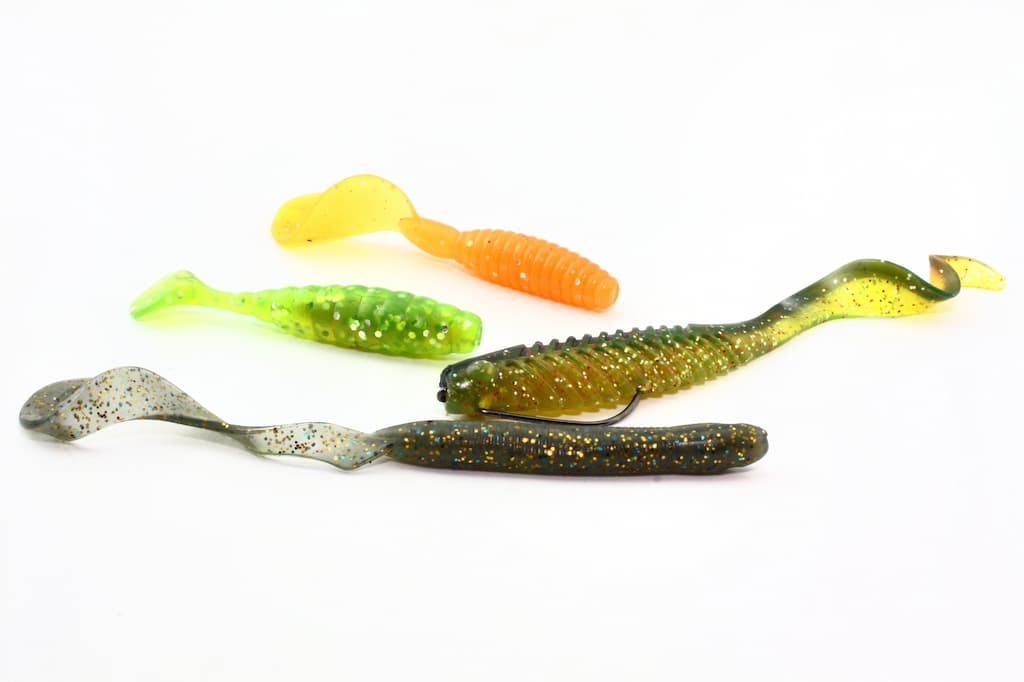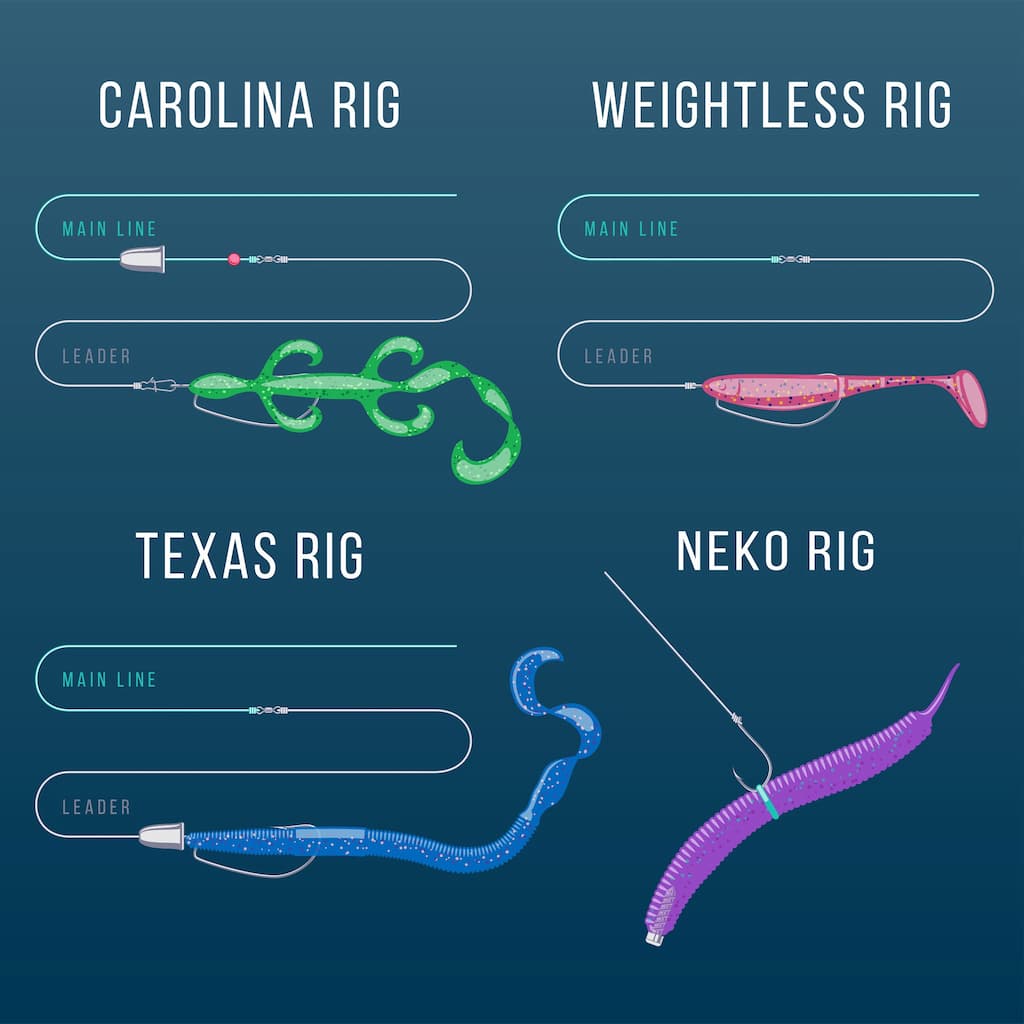Worm Lures: Enhancing Your Fishing Game

Fishing is an art form, a perfect balance of skill, knowledge, and equipment. Central to this art is the bait, a significant player in any successful fishing trip. In our case, we’re taking a deep dive into worm lures. So, what exactly are they?
Worm lures, in the most simplistic terms, are worm-shaped baits designed to attract and catch fish. They mimic the look and sometimes the movement of real worms, a preferred meal for many fish species.

What is a Worm Lure ?
A worm lure is a fake worm, used to draw in fish. Crafted from pliable plastic, it comes in an assortment of sizes, colours, and shapes. Its design mimics the natural movements of worms, making it highly appealing to predatory fish.
The Science Behind Worm Lures
Have you ever wondered why fish are so attracted to worms? The answer lies in their natural instincts. Worms are a common food source for fish in the wild, meaning they are naturally inclined to snap up a juicy worm when they see one. This explains why worm lures are so effective; they prey on the fish’s natural hunting instincts.
The role of worm lures in angling is multi-faceted. They act as the lure for the fish, attracting them with their worm-like appearance and movement. But they also play an important role in hooking the fish, with many worm lures designed to effectively secure the fish once it bites.
Types of Worm Lures
There’s a wide variety of worm lures available, and choosing the right one can make a significant difference to your angling success.
Senko Worms
Senko worms are simple in design yet incredibly effective. They are known for their ability to sink slowly and horizontally, imitating the movements of a real worm.
Ribbon Tail Worms
Ribbon Tail Worms, on the other hand, are known for their long, curly tail which creates attractive movements underwater that fish find irresistible.
Choosing the Right Worm Lure
The right worm lure can be the difference between a successful fishing trip and a disappointing one. Factors to consider include the type of fish you’re targeting, the time of year, and the specific conditions on the day of your fishing trip.
Here are some tips to guide you in choosing the best worm lure:
Consider the water clarity, the size of the fish, the depth of the water, and the local diet of the fish species you’re targeting.
Techniques for Using Worm Lures
Once you’ve selected your worm lure, it’s essential to know how to use it effectively. First up is rigging your worm lure. There are several ways to do this, from the Texas rig, which is excellent for fishing in heavy cover, to the Carolina rig, ideal for bottom fishing.
Effective casting is another technique that can vastly improve your fishing game. It’s about accuracy and distance but also about understanding how your worm lure moves in the water and how to make it as enticing as possible for the fish.
Enhancing Your Fishing Game with Worm Lures
Whether you’re a casual angler or a competitive sport fisher, the right worm lure and techniques can significantly enhance your fishing game. From the simple earthworm to the intricately designed plastic worm, there’s a worm lure for every situation.






